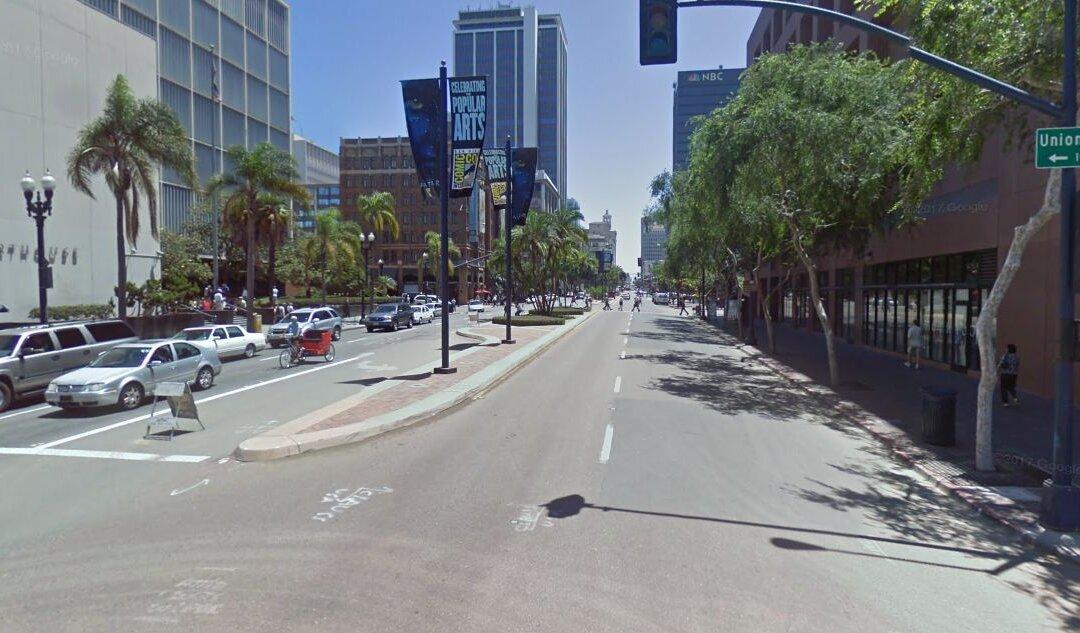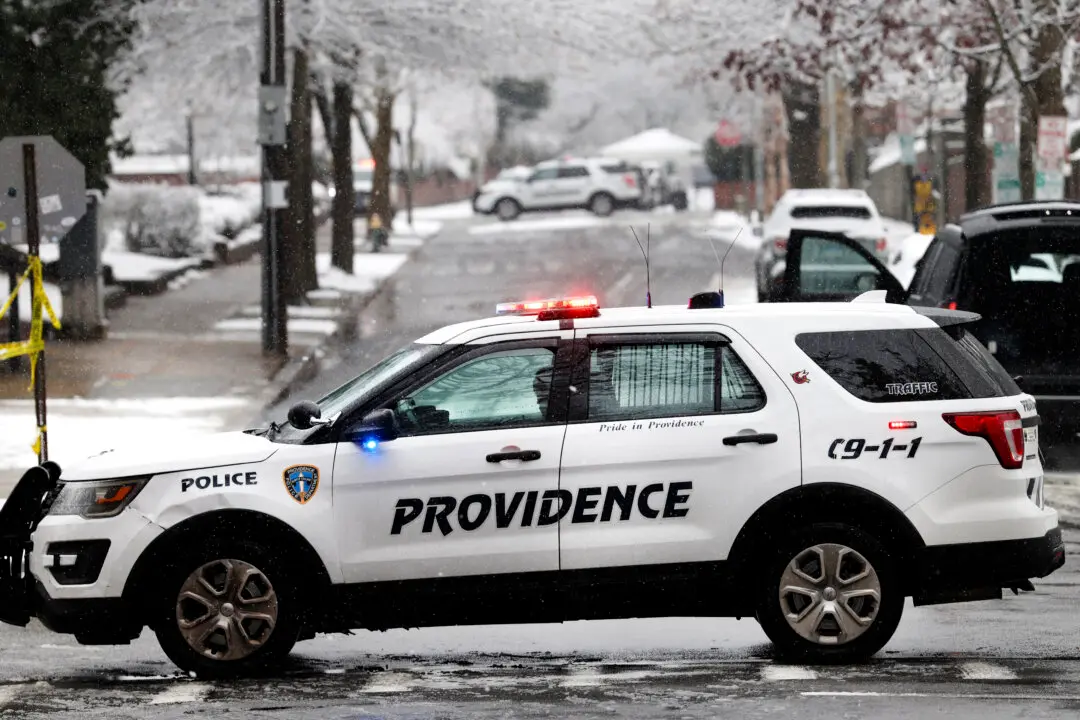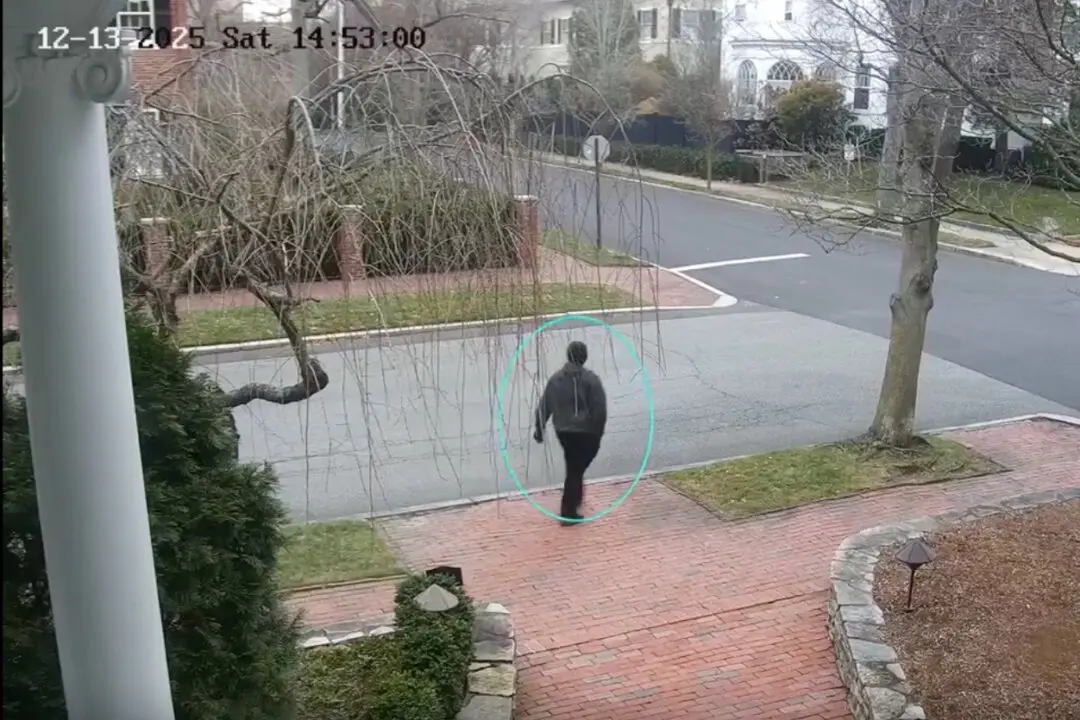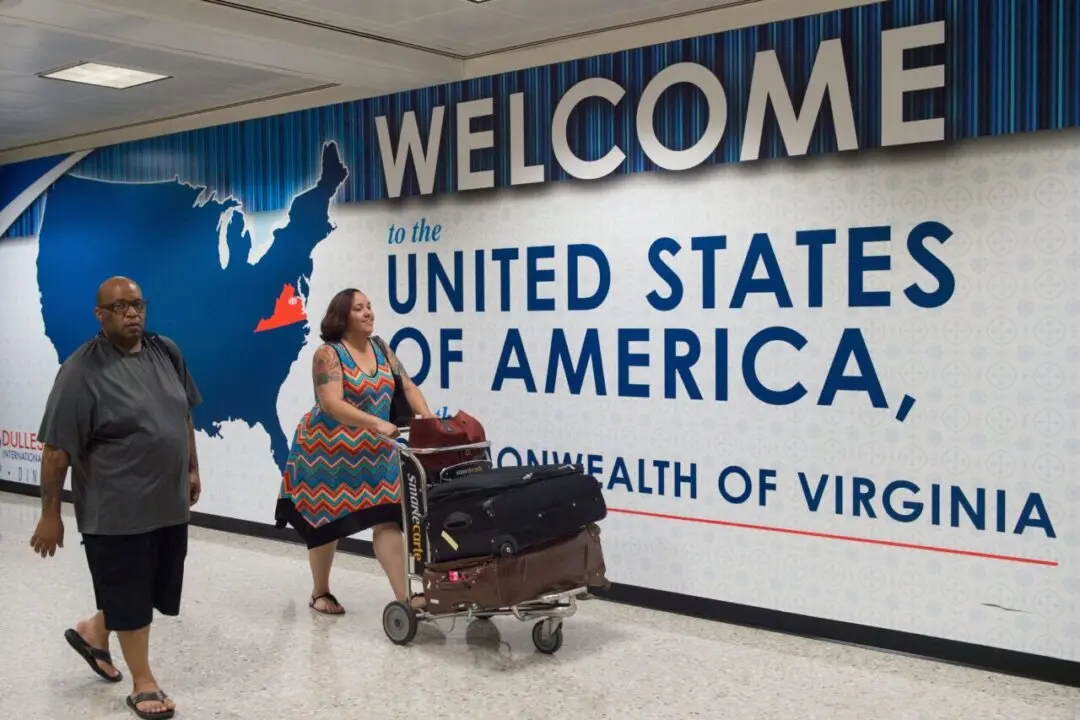At least 421 people have been sickened and 16 have been killed during an outbreak of Hepatitis A in San Diego as of Sept. 12, 2017.
Some 292 people of the 421 were hospitalized due to the illness, according to the San Diego County Health and Human Services Agency’s latest figures, released Tuesday.





